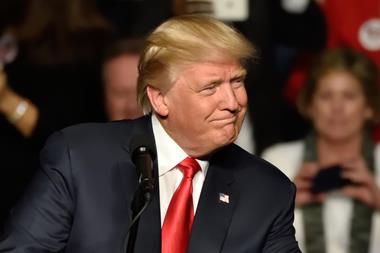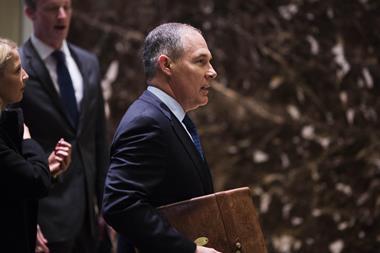White House plan would slash NIH by more $1 billion and NSF by $350 million over the coming months
America’s major research agencies, including the National Institutes of Health (NIH) and the National Science Foundation (NSF), are slated to see large and immediate cuts that would significantly impair research grant funding, under President Trump’s new budget reduction plan for fiscal year 2017, which is already well underway. The US government has been operating under a continuing resolution that freezes spending at 2016 levels.
The president’s proposal, sent to congressional appropriators on 24 March, aims to slash almost $18 billion (£14.5 billion) in the current fiscal year to boost military spending and help finance the construction of his proposed border wall with Mexico. These reductions include a $1.23 billion cut to the NIH, with $1.18 billion coming out of the agency’s research grants, and a $350 million decrease for the NSF.
Trump also requests a $37 million cut to the Department of Energy’s (DOE) Office of Science in the current fiscal year, suggesting that this reduction could be absorbed by ‘delaying or not awarding grants to universities that would otherwise be obligated late in the fiscal year’, and slashing the Advanced Research Projects Agency-Energy (ARPA-E), which funds R&D into advanced energy technologies that are too early for private sector investment. Trump wants to cut ARPA-E’s budget by more than 50% over the coming months, from $290 million to $140 million.
Congress is unlikely to go along with the cuts put forward by the president. Nevertheless, the proposal doesn’t bode well for how science will fare in the Trump administration.
Trump’s 2017 reduction plan came just weeks after the president unveiled his budget blueprint for fiscal year 2018, which aimed to offset $54 billion in increases for defence spending by significant reducing non-defence programmes like scientific research. The president’s final budget for fiscal year 2018 is expected to be released in April.

















No comments yet